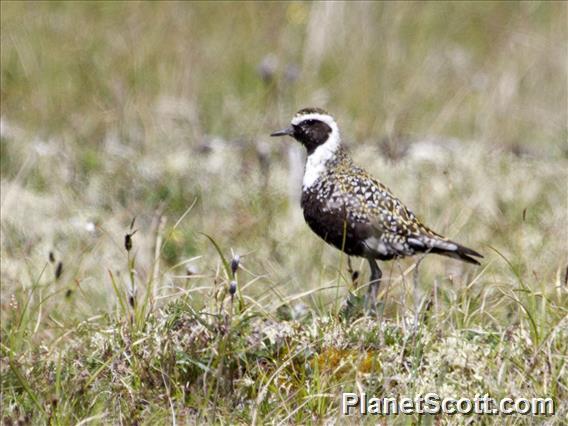American Golden-Plover (Pluvialis dominica)

American Golden-Plover (Pluvialis dominica)
×


American Golden-Plover (Pluvialis dominica)
About American Golden-Plover (Pluvialis dominica)
- Kingdom: Animals
- Phylum: Chordates
- Class: Birds
- Order: Shorebirds and Allies
- Family: Plovers
The American golden plover is a medium-sized plover. The genus name is Latin and means relating to rain, from pluvia, "rain". It was believed that golden plovers flocked when rain was imminent. The species name dominica refers to Santo Domingo, now Hispaniola, in the West Indies.
Source: Wikipedia
Lifelists
Trips
Visits
-
2014-07-18
Nome-Kougarok Road, United States of America

